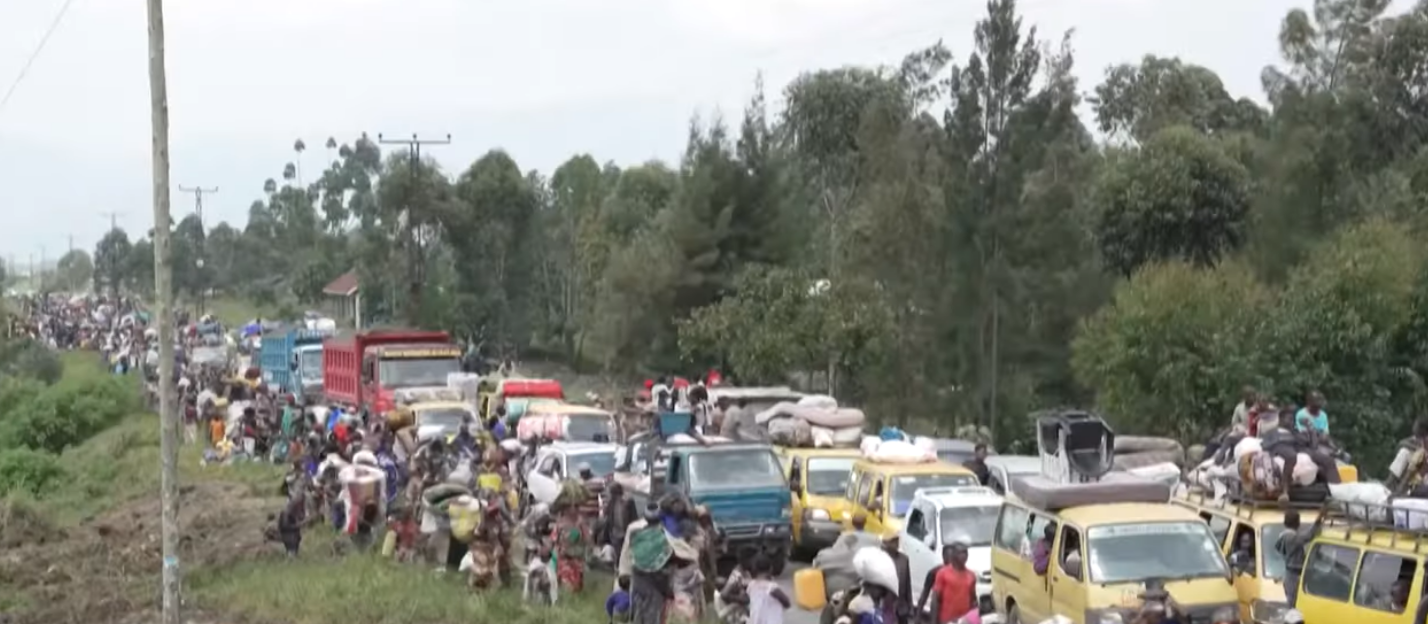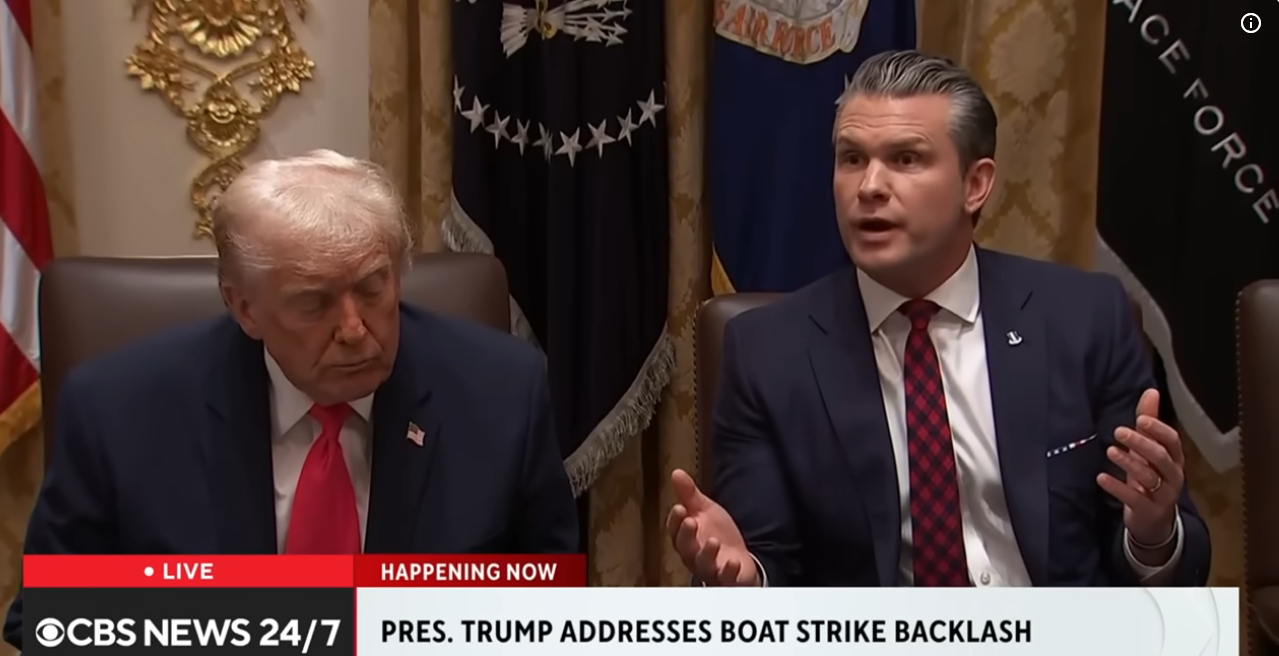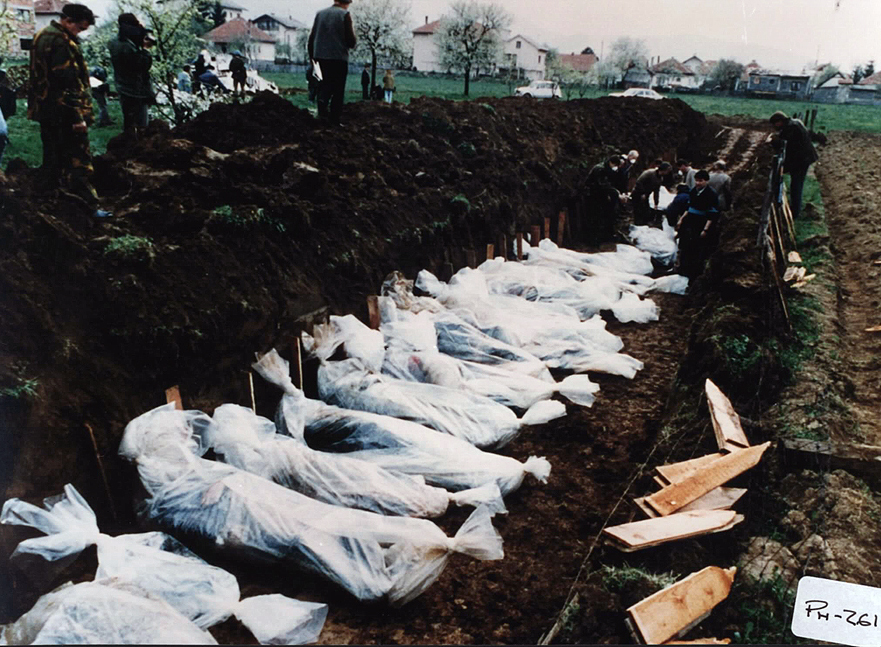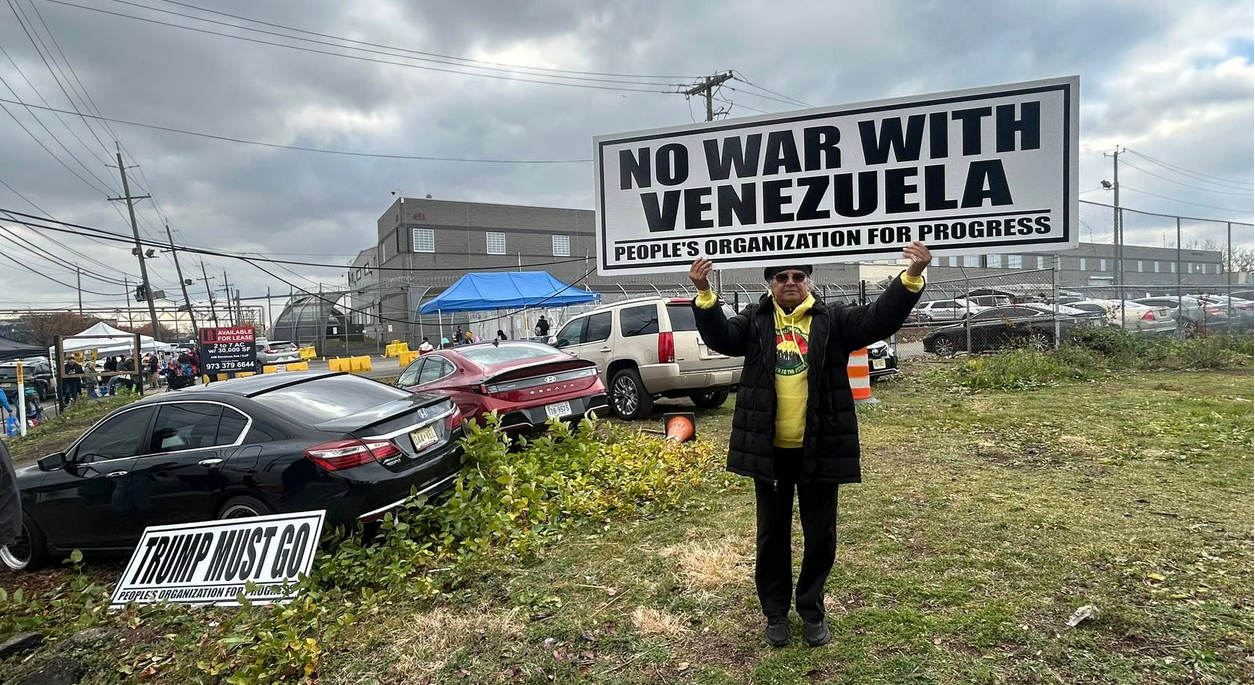Pervasive violence. Devastating climate change. Religious and racial intolerance. Deadly epidemics. These themes threatening our world today were taken on by a panel of faith leaders, experts and high-level officials at a commemoration of an event during World Interfaith Harmony Week celebrated annually in early February at the United Nations.
Entitled “The State of the World Today from a Religious and Spiritual Perspective,” and held at a UN headquarters conference room, the event focused on faith leaders’ solutions to the real life issues affecting peoples worldwide.
Two themes emerged: calling for putting words into action, and for oneness. These were presented in speeches and song.
An appropriate tone was set in his welcome by Gordon Tapper, President of the United African Congress, when introducing the main sponsorship of the Mission of the Republic of Ethiopia to the United Nations. Tapper acknowledging that the 2019 Nobel Peace Prize was awarded to the Prime Minister of Ethiopia, His Excellency Dr. Abiy Ahmed Ali, for successful efforts to achieve peace and international cooperation in resolving the decades-long border conflict with neighboring Eritrea.
The Mission of Ethiopia to the United Nations has sponsored the event every year since the first one in 2012.
Civil society co-sponsors and organizers include the United African Congress, BuddhistLight International Association, The United Nations Staff Recreational Council Enlightenment Society, Nusantara Foundation, Give Them a Hand Foundation, and International Association of Applied Psychology.
UN Missions that have joined sponsorship include Indonesia and Jamaica.
The event annually features presentations by faith leaders from Christian, Muslim, Jewish, Hindu and Buddhist traditions, as well as from spiritual and indigenous groups, and cultural performances. Past themes include “The Diaspora – A Force for Positive Change,” “Tolerance, Reconciliation and Forgiveness” in honor of the late Nelson Mandela, “Interfaith Prayer, Healing, and Community Services in the Cause of Peace”influenced by devastating natural disasters and “The Path to a Culture of Peace – Our Common Humanity,” all under the umbrella of the theme of “Building Bridges across Boundaries.”
Conceived to promote a culture of peace and nonviolence, the World Interfaith Harmony Week (WIHW) was first proposed in 2010 at the United Nations by King Abdullah II of Jordan. United Nations General Assembly resolution (A/RES/65/5) declared the first week of February each year as World Interfaith Harmony Week, calling on governments, institutions and civil society to observe that week with various programs and initiatives to promote the aim of the WIHW objectives.
In her opening prayer, interfaith minister Reverend Zoe Chang of the United Nations Staff Recreation Counciland Board Representative of UN Women’s Guild, asked for all to have the wisdom to find solutions, and to be open to collaboration, hearing one another and practicing peace and that “divine lights will guide our paths to work individually and collectively on activities leading to the fulfillment of the UN goals.”
The theme of Oneness was emphasized in welcoming remarks by Chairman of the United Africa Congress Dr. Mohammed Nurhussein, quoting the Indonesian national motto, “Binneka Tunggai Ika” (that means Many yet One), that echoes the American motto,”E Pluribus Unum (Out of Many-One). As an Ethiopian national, Dr. Nurhussein pointed out that Ethiopia similarly annually celebrates its “Unity in Diversity.”
“These are all examples of “countries promoting peace and harmony among their diverse populations, indicating our common humanity and shared destiny as global citizens,” he said.
“The planet is in distress,” he added, “wracked with widespread violence…lack of economic and social justice leading to income disparities…armed conflict among and within nations…refugees who cannot find refuge in an increasingly hostile world…genocide…hatred…and climate change which poses an existential threat to life on earth.”
In his opening remarks, H.E. Ambassador Gebeyehu Ganga, Deputy Permanent Representative of the Ethiopia Mission to the United Nations, conveyed the message of peace and solidarity on behalf of the Ambassador, Taye Atske Selassie Made, who was in Addis Ababa for the AU (African Union) Summit.
“The 2020 World Interfaith Harmony Week takes place at a time of significant flux in the global peace and security arena,” he said. “The wave of populism, competition for increasingly scarce resources and global mistrust pose tremendous challenges to the harmonious existence of different cultures and faiths.”
Ambassador Ganga pointed to problems that “New technological tools are being weaponized to commit crimes, incite hate, spread misinformation, and exploit legitimate social grievances,” and to “the spread of hate and other forms of intolerance through social media, where it has become difficult for the average citizen to sift the fake from the truth,” all contributing to mistrust, especially among youth.
“Ethiopia is a microcosm of diversity, with a proud history of harmonious coexistence of people of different religions, including the three Abrahamic religions, dating as far back as the first hijra,” he continued. “The Ethiopian State itself is organized around values of tolerance, pluralism, mutual understanding and peaceful co-existence of different peoples and religions.”
“At the core of our peaceful and harmonious coexistence is the preeminent role of interfaith leaders…interfaith dialogue and cooperation continues to play a critical role in promoting social cohesion, national consensus and the values of tolerance and forgiveness.”
“The erosion of these values is a source of serious concern for Ethiopia.”
The Ambassador then called for working with faith leaders and civil society organizations to ensure efforts to rein in hate speech or curbs on free speech.
Ethiopia has recently adopted a comprehensive hate speech law, following an all-inclusive consultation process at all levels of society, emphasizing public education campaigns, programs to improve digital literacy and efforts to encourage self-and-peer regulation.
“No country is an island,” he said, requiring cooperation and collaboration at regional and international levels to promote global peace and harmony. That means long-term active participation and sustained efforts of all sectors of society, including all religious organizations and civil society, the private sector, media, think tanks and academia.
“Peace endures when development is inclusive,” he said, “when citizens’ security is guaranteed, when women and children are actively involved in decision-making proses and when barriers to their economic advancement are removed.”
He concluded, “We are committed to advance this fundamental objective to build a more inclusive, just, peaceful, inclusive ad democratic society.”
In my role as co-moderator and co-organizer, I acknowledged the Ambassador’s powerful message of inclusiveness, consistent with the UN Agenda 2030 Sustainable Development Goal 17 of multistakeholder partnerships. I also noted acknowledged Ethiopia as the site of the agreement by heads of state and governments in 2015 on the global framework on financing for development to achieve the goals, called the Addis Ababa Action Agenda.
The issue of climate change was tackled by the first panelist, Jill Hausman, Rabbi and Cantor of the historic Actors’ Temple, located in Manhattan’s Theater District, and a member of Rabbis for Human Rights.
“We all know that the burning of fossil fuels contribute to global warming, that fires, flooding, shrinking cropland and vast migration of people to more habitable regions are real for now and the future,” she said, but noted hope, quoting an 18th century Chassidic Rabbi, that “if God caused a situation…there is something in every challenge that is a lesson, an opportunity, a place of growth or a time for deepening compassion.”
One lesson, she said, comes from research in quantum physics, whereby nothing is fixed and all is a possibility.
As an example, she described an experiment by a French scientist Rene Peoc’h who constructed a machine upon which he imprinted baby chicks as if the machine were their mother. Though the machine was set to wander around the room randomly, the machine approached the chicks more often than randomly in response to the desire of the chicks to be near the “mother.” This “observer effect”, she said, supports that our minds and hearts have power to change reality.
Consistent with this, physicists postulate that our thoughts and emotions can affect a field of energy, which can be considered as a way of speaking of G-d, she said.
Even the choice to love or not love influences rainfall, she continued, thus recommending a prayer called V’ahavta, urging us to love more in the world.
Her conclusion: these teachings show the moral and physical universes are One.
“G-d’s name is Being, meaning that we are all One,” with no “Us” and “Them,” she explained, “influencing reality together.”
Originally an environmental biologist and graduate of Smith College, she cited the Gaia hypothesis, formulated by 1960s NASA chemist James Lovelock, that Oneness of the earth is a living, breathing, interactive whole.
Thus, she concluded, one solution to the challenges to climate change is the “Universal acceptance of and love for the Oneness of all being, coupled with the application of the principles of quantum physics to the mundane physicality of climate study and renewable energy.”
Her final reminder: We share one life with Gaia the earth — presaging the Jewish holiday of Tu B’Shevat as the Year of the Trees, an environmental and spiritual and mystical holiday on the coming Monday, that emphasizes the Oneness of humans with the environment and with G-d as Oneness.
Consistent with the theme of Gaia, the name of the next speaker, Imam Shamsi Ali, is an Arabic word that means “sun.” His message emphasized that racial intolerance is can be dismissed by recognizing that Truth does not come from individual religious traditions.
The next speaker, Imam Shamsi Ali had just attended the Interfaith breakfast annually held in Washington DC. that morning, noting similar themes addressed at this event. A prominent moderate Muslim Scholar and Director of the Jamaica Muslim Center who serves on many boards of interfaith organizations, Imam Shamsi has dedicated his work to condemning terrorism, radicalism, and anti-Semitism, and to promoting peaceful Islam. Islamaphobia and anti-Semitism are the same, he pointed out, consistent with his long-term collaboration, including in a fourth of his books, with Jewish Rabbi and friend Marc Schneier, called, “Sons of Abraham: A Candid Conversation about the Issues that Divide and United Jews and Muslims,” which earned the Turkish Cultural Center’s Friendship Award.
Imam Shamsi is also founder of the Nusantara Foundation (a co-sponsor of the event), a nonprofit to promote the culture of Indonesia, his homeland. He was named as one of seven most influential religious leaders in New York City by New York Magazine and one of 200 recipients of the 2009 award by the U.S. government for dedication to building bridges between religious communities,
Violence against women is pervasive in all forms, from physical, psychological and spiritual, pointed out Reverend Dionne Boissiere, Chaplain of the Church Center of the United Nations, the interfaith landmark building across from the UN headquarters, where she has led innumerable inspirational interfaith services. Notably, she is the first woman of African Descent to hold that position, fittingly featured among the “next generation ‘ of black women ministers published in “These Preaching Women: A Multicultural Collection” and serves as co-chair of Ecumenical Women at the UN.
An avid advocate for women’s religious studies and gender justice, she has spoken often at the annual United Nations Commission on the Status of Women, emphasizing the urgent need for united efforts to curb such rampant and unacceptable varied forms of violence against women and girls.
Speaking on behalf of the Buddhist Light International Association (BLIA), Dr. Kenneth Holloway, who has lectured around the world, described elaborate BLIA events attended by thousands of people from varied backgrounds, which have demonstrated unity and oneness.
A professor of Chinese religion, Holloway is currently working on a book entitled, “Equality and Conflict from Early China to Buddhism.”
Having founded the International Day of Yoga at the United Nations, the next speaker, internationally known Yogi from South India, Rev. Dr. Dileepkumar Thankappan, opened his presentation with sounding a conch played on many such occasions, and displaying a shawl decorated with symbols of many faiths. Known by his spiritual name as Avadhuta His Holiness Jagat Guru Dileepji Maharaj (Guruji), he related his personal story about innumerable challenges, block and delays in getting a visa to travel from his nature India to the United States, to make his message that the energies of the world allow for goodness and justice to prevail.
Guruji is associated with the United Nations as the Founder, Global Chairman and CEO of the non-profit World Yoga Community charitable organization that is an NGO associated with the UN Department of Global Communications, and as Secretary of the Committee of Religious NGOs and Vice President of the UNSRC-Salus Well-being Network at the United Nations. In these roles, he has coordinated many events at the UN.
In a moving musical interlude, Mahamadou Salieu Suso, played the traditional Kora instrument and sang thousand-years old stories from his native Gambian culture.
The Kora is a 21-stringed West African harp, that Suso having been taught since age 8 by his father. He has since performed widely throughout West Africa and Europe before settling in the United States.
Addressing the topic of the event about health epidemics, Dr. Nurhussein, Professor Emeritus of Downstate Medical Center, outlined the facts of the current 2020 Coronaviurs (nCoV). While similar to the respiratory diseases of the Severe Acute Respiratory Syndrome (SARS) that plagued China in 2002 and the Middle East Respiratory Syndrome (MERS) in 2012, the nCoV is more lethal. To date, over 30,000 are reported infected with deaths exceeding 700 in China, with numbers climbing.
Director-General of the World Health Organization Dr Tedros Adhanom Gebreyesus has expressed concern that nCoV outbreak might spread to countries with “fragile health systems.” Noting that the virus has spread to many countries but not to Africa, Dr. Nurhussein raised serious concern about containing the virus from infecting the continent, given the African countries’ inferior health infrastructures. Speaking on behalf of the United African Congress, a Pan African organization headquartered in NYC, he said the UAC has been taken action, sending an op-ed to the New York Times, and a letter to the Chairperson of the African Union Commission, calling for a uniform and unified continental approach to the prevention of the disease from spreading to Africa.
Dr. Nurhussein is a member of the Ethio-American Doctors’ Group that has raised millions of their personal money to start building comprehensive medical center in Addis Ababa, Ethiopia,
“In any such epidemic we must consider 3 F’s,” I said, as the speaker following up on Dr. Nurhussein’s presentation, “namely, complementing the Facts with continuing Affection – the love that has been mentioned by many of the panelists — but also the Feelings. As a psychologist, familiar with epidemics having been in Hong Kong during the SARS epidemic there in 2003 and provided psychosocial support during the Ebola outbreak in Sierra Leone in 2015, and about to do the same in the Democratic Republic of the Congo in coming months facing an Ebola outbreak, I pointed out the commonalities of the emotional impact of these andthe current Coronavirus outbreak.
There are two main issues.
(1) Emotional suffering, including fears, crying, worries about the family, mourning deaths of loved ones, and self-isolating at home (even if not at risk), and
(2) Stigma and discrimination, increasingly prevalent in schools, subways and other pubic venues, of not only Chinese, but Chinese Americans, Asian Americans and Asians.
I related the sad story of an elementary school child traumatized by classroom peers pointing and saying, “virus.”
I reinforced the statement by the Ethiopian Ambassador that a multistakeholder approach is needed, in synch with the UN Agenda SDG 17. This includes academia. My own institution, Columbia University Teachers College (TC) serves as a good example of academic response, evident in an email sent by the Vice Provost of Student Affairs Tom Rock and the Vice President of Diversity and Community Affairs Janice Robinson, to the college community, about commitment to a community free from discrimination, and to fostering a nurturing community “founded on fundamental dignity for all.”
I closed with my 4 S’s necessary in the response to such situations, that I have pointed out in speeches at the World Health Organization’s Health Day at the UN, and in my book, “The Psychosocial Aspects of a Deadly Epidemic: What Ebola has taught us about Holistic Healing.”
No shame.
No stigma.
No silence.
And the importance of Psychosocial Support.
An embodiment of this message is in the personal story of one of my star students, Jiawen Long, who took my course in “Psychology and the United Nations” at TC, and who was in China during the outbreak of the Coronavirus.
In a brave sharing and moving presentation, Jiawen described her experience when following the emerging news of the virus outbreak while on winter break from classes with her family in Chengdu. Though her city is not so close to the epicenter of the outbreak in Wuhan, the emotional impact was still great.
“I was very scared and frightened,” Jiawen said. “I read the news everyday and then cried everyday. Even when I went back to New York, I still have the same terrible feelings.”
“As a psychology student, I knew this was the time I needed help,” she continued. “So I went to Columbia Health center for a counseling session. After talking about my feelings with the psychologist, I felt much better.”
But she still worries, and so do her Chinese friends.
“I know a lot of my friends and people around me have the same feelings right now: sad, anxious and confused,” she told the assemblage. As a psychology student, “I want to bring hope in this hardest time,” she said.
Proud of her, I described that she is fulfilling the theme of this WIHW event, by taking action. After sharing her feelings with me since her return from China, we went to the offices of the college’s Vice Provost of Student Affairs Tom Rock and the Program Director of the Department of Counseling and Clinical Psychology Dr. Randall Richardson who were receptive to the suggestion for her to conduct a workshop, with my supervision, to offer comfort and reassurance to her peers, calm fears, eradicate stigma, and let them know they are not alone. All these are crucial support in such a crisis.
People at the event came up to offer suggestions for this effort.
Notably, the WIHW event was attended by avid health and mental health advocate Deputy Permanent Representative of the Mission of Japan to the UN, H.E. Ambassador Toshiya Hoshino, also a member of the Friends of Mental Health and Well-being at the United Nations.
Punctuating the theme of Oneness, internationally known composer, singer and musician Russell Daisey delivered a powerful a cappella performance of an original anthem called “One in Faith.” Written especially for this World Interfaith Harmony Event last year, the song lyrics epitomize the theme of Oneness.
Audience members joined in call and response for the chorus:
“Your faith, My faith, Our faith, One in Faith.
His faith, her faith, their faith, One in faith.”
The song, co-written by me, is the latest of many such anthems with powerful messages of unity and hope, written for many cultures commemorating major events, e.g., honoring heroes after 9’11 invocating the “Towers of Light” that shine in place of the fallen World Trade towers, “Appreciation” about the Japanese culture after the tragic tsunami/earthquake in Japan, and a song about hope in Creole after the Haiti earthquake.
Daisey has performed these songs for world leaders and also for children and their mothers in small churches in places like Arusha, Tanzania.
In looking ahead to the next year’s event, Mr. Tapper challenged everyone to prepare to address the following issue: if most religions consider their path to an ultimate goal, including godliness, how does this fit into an interfaith perspective?
photo caption: Ambassador Gebeyehu Ganga, Deputy Permanent Representative of the Ethiopia Mission to the United Nations; Dr. Judy Kuriansky, Psychologist, faculty, Columbia University Teachers College, NGO UN representative, International Association of Applied Psychology and Trustee, United African Congress; Muslim scholar Imam Shamsi Ali; and Dr. Mohammed Nurhussein, Professor Emeritus Downstate Medical Center and Chairman, United Africa Congress.







